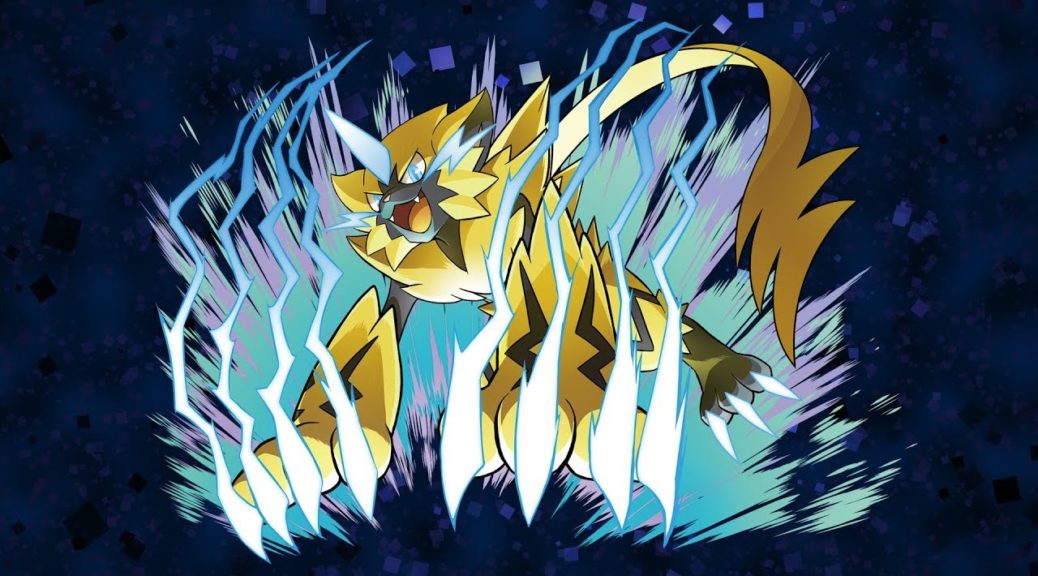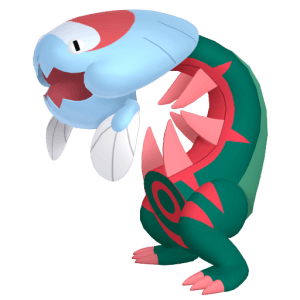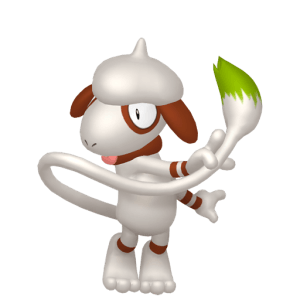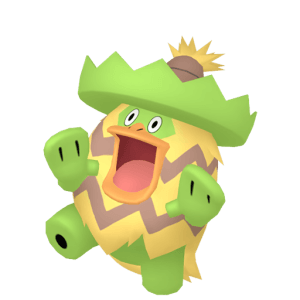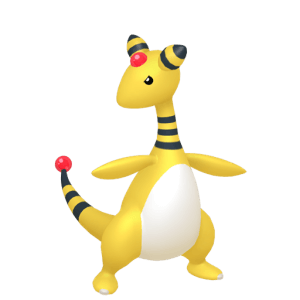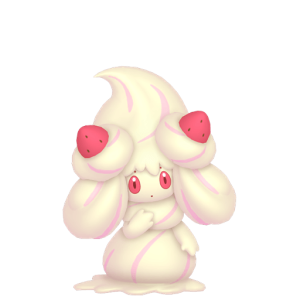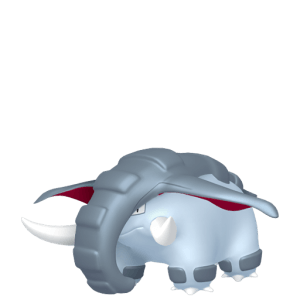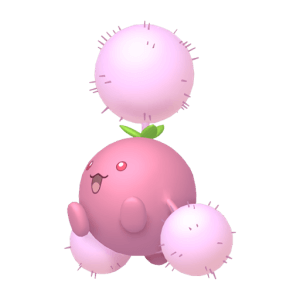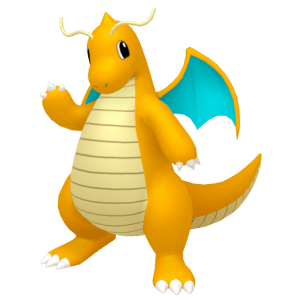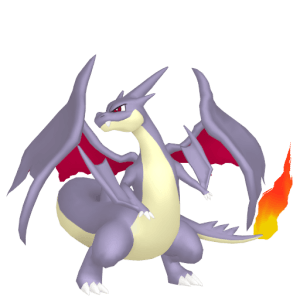Over the past 20 years, one thing that has stayed constant throughout the Pokémon series is the inclusion of Mythical Pokémon. However, upon the release of Sword and Shield, one thing people immediately noticed was the lack of new Mythical Pokémon.
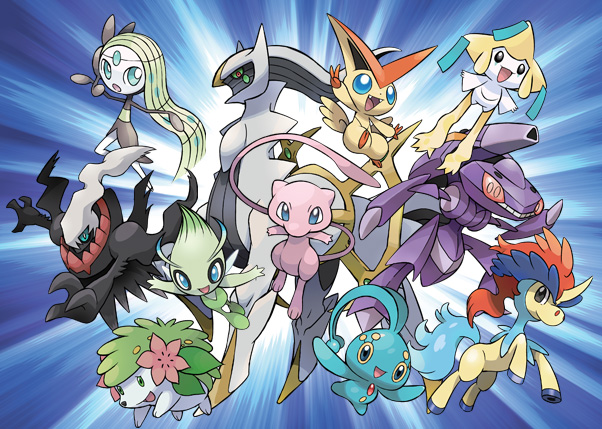
Mythical Pokémon have been an integral part of the series since its first inception with Mew, and their role has drastically changed throughout the generations. With no new Mythicals having been introduced in the lastest games Sword and Shield, let’s discuss their history and what their initial exclusion in the eighth generation as well as whether they have actually gone away.
What is a Mythical?
First, we must discuss what a Mythical is. A Mythical Pokémon is a Pokémon that is not obtainable within the game but can only be gotten from an external source such as an event. It is disputed as to whether they should be classified as legendary.
Here is a list of them:
- Kanto: Mew
- Johto: Celebi
- Hoenn: Jirachi, Deoxys (until ORAS)
- Sinnoh: Manaphy (Phione disputed), Darkrai, Shaymin, Arceus
- Unova: Victini, Keldeo, Meloetta, Genesect
- Kalos: Diance, Hoopa, Volcanion
- Alola: Magearna, Marshadow, Zeraora
- Let’s Go: Meltan/Melmetal
- Galar: (Kubfu/Urshifu, Calyrex, Regis, Galarian Legendary Birds)?

Gen I, II: A Mystery
Mew and Celebi were shrouded in mystery upon their debuts. With the primitive internet and schoolyard rumors as the only information, accurate sources were hard to come by.
Apart from glitching or hacking, the only way to get Mew legitimately back then was to attend a real-life event exclusive to Japan. In the nature of the 90s, kids were not aware of this, and rumors soon began to circulate about obtaining Mew. The diary entries in the Pokémon Mansion and the first movie were the only media portraying Mew, making it a true myth among the community.
As for Johto’s Celebi, the situation was similar. The GS Ball, which was necessary to get Celebi, was likewise exclusive to events in Japan. While the GS-Ball was featured in the anime, Cebeli’s method of acquisition remained hidden to most people.
For Gamefreak, Mythicals served the functional purpose of spreading awareness. The live events increased publicity, drawing in people who wanted to fully complete their Pokédex. They also helped build communities outside of the game, which was a major goal of the games as evidenced by the emphasis on tradings. Mythical Pokémon further provided lore for the games through interesting settings and monuments like the Ilex Forest Shrine.
Perhaps unintended, the shroud of mystery around Mythical Pokémon acted as a major force behind Pokémon’s wild popularity. Rumors of the S.S. truck and the G.S. Ball ran rampant in the schoolyard and primitive internet, and they were a part in what made Pokémon such a massive force in the 90s.
Mythical Pokémon in the first two generations were an integral part of Pokémon’s community involvement and hysteria.

Gen III, IV, V: A Spectacle
The third generation of Pokémon brought a few major changes in Mythicals.
The first was the integration of the internet into everyday life. As the internet was becoming more widespread with reliable resources, the amateur fan theories of the previous generations greatly reduced in number.
A second major change was the amount of Mythicals. The third generation had two Mythicals, in contrast to the previous generations’ single. By Generation IV and V, Mythicals became much more numerous, with a whopping four introduced each generation. Furthermore, players could obtain Mythical Pokémon through Wi-fi instead of live events. Some Mythicals like Manaphy could even be obtained through transferring from other games, inscentivizing the purchase of spinoff games. Mythicals resultantly reached a much wider audience as not only did events expand outside of Japan, players did not even necessarily have to attend events to obtain the Pokémon.
These factors culminated in the overall diminishing of the value of mythicals due to the lack of mystery surrounding Mythicals as well as their increased abundance. Still, Mythicals maintained a great level of prestige, as they were rare enough to still be of great value, and they were adept at battle as well.
During these generations, Mythicals’ were often baked into the game with a small story segment. Whether it be saving the boy in Canalave City from Darkrai or awakening the dormant Deoxys on Birth Island, these side-quests not only provided a small, fun excursion but also creates backstory. Plus, weakening and catching them provided quite a challenge in most cases.
It seems that lore was a big point of emphasis for Mythicals during this time as the games complemented the movies and anime in building the Pokémon world. These Mythicals often represented an embodiment of an idea such as Jirachi’s desire and Shaymin’s gratitude. Some Mythicals even had gimmicks that supplemented their themes such as Meloetta’s Aria and Pirouette Formes which represented the lyrical and dance aspects of music.
Mythicals during this time period, while they lost their mystery, were still a valuable part in making the Pokémon world whole and cohesive.

Gen VI, VII: A Tradition
Suddenly, there was shift in Mythicals beginning in Generation VI.
The change regarding their integration in the game was very jarring. There was no longer some sidequest that had to be completed in order to obtain the Mythicals. Rather, the Pokémon was just handed over, perhaps with a conversation to explain the lore. You walk into the Pokémon Center and a cutscene of a conversation plays out. Then you get handed a Volcanion just like that.
Consistently with previous generations, most of the Mythicals during this time were quite well thought-out with great lore and concepts backing them. However, the lore was almost entirely restricted to their feature movies, and their involvement in the game was minimal. That’s quite a missed opportunity if you ask me.
This perhaps shows that Mythicals are being added to the game solely for the purpose of tradition. Since there have been Mythicals since Gen I, I guess we have to have them right? There has been little effort put into establishing the Pokémon within the games which Zeraora exemplifies with its little lore to speak of and shoehorning into the USUM Pokédex.
There could also be a more insidious reason for their inclusion: incsentivizing players to spend money on Pokémon’s other media. While this has been a clear purpose of Mythicals since their inception, it has never been more clear than in these generations.
While Legendary Pokémon still had their grand reveals, Mythicals seemed to be just mandatory and demonstrated a lack of effort into integrating them in the world. At this point Mythicals lost some of the substance that made those of previous generations so magical.
Gen VIII and Beyond
In Gen VIII, the number of Mythicals introduced dropped drastically from four to zero. In fact, the only Mythical Pokémon available as of January 2020 is Mew via the PokéBall Plus.
There could have been many reasons for their exclusion. One possible reason could be that there was just not enough time to create them, which is plausible given the tight schedule for Pokémon game releases. Another reason could be that they want to stray away from the business model of restricting Pokémon behind paywalls or events, which seems quite uncharacteristic of the company.
Now there should be an alarm sounding in your mind right now. The recently announced Expansion Pass. This $30 USD DLC includes new legendary Pokémon: Kubfu/Urshifu in the Isle of Armor and Calyrex in the Crown Tundra (Galarian forms for the Legendary Kanto Birds and new Regi- Pokémon were showed off in the trailer, but little is known about them). While these Pokémon are not Mythical by title as of now, they follow the model of previous Mythical Pokémon in their exclusivity, only differing in their method of acquisition as DLC instead of an event or other game. In this light, Mythical Pokémon have not actually gone away.
We currently don’t know much about these new legendary Pokémon, but looking at their context within the updates, it seems they will be baked into the very adventures of Galar’s expanded universe, which would be great! It’s nice to see that Mythical Pokémon might get an entire reboot, with deapth and lore far exceeding even those of the previous generations.
But these are all just my thoughts. What are your thoughts of Mythical Pokémon, Expansion Pass, or Pokémon in general? And for those of you who aren’t going to buy the Expansion Pass, not all hope is lost as the new Pokémon introduced, including the legendaries, will be available by trade to everybody though a free update.
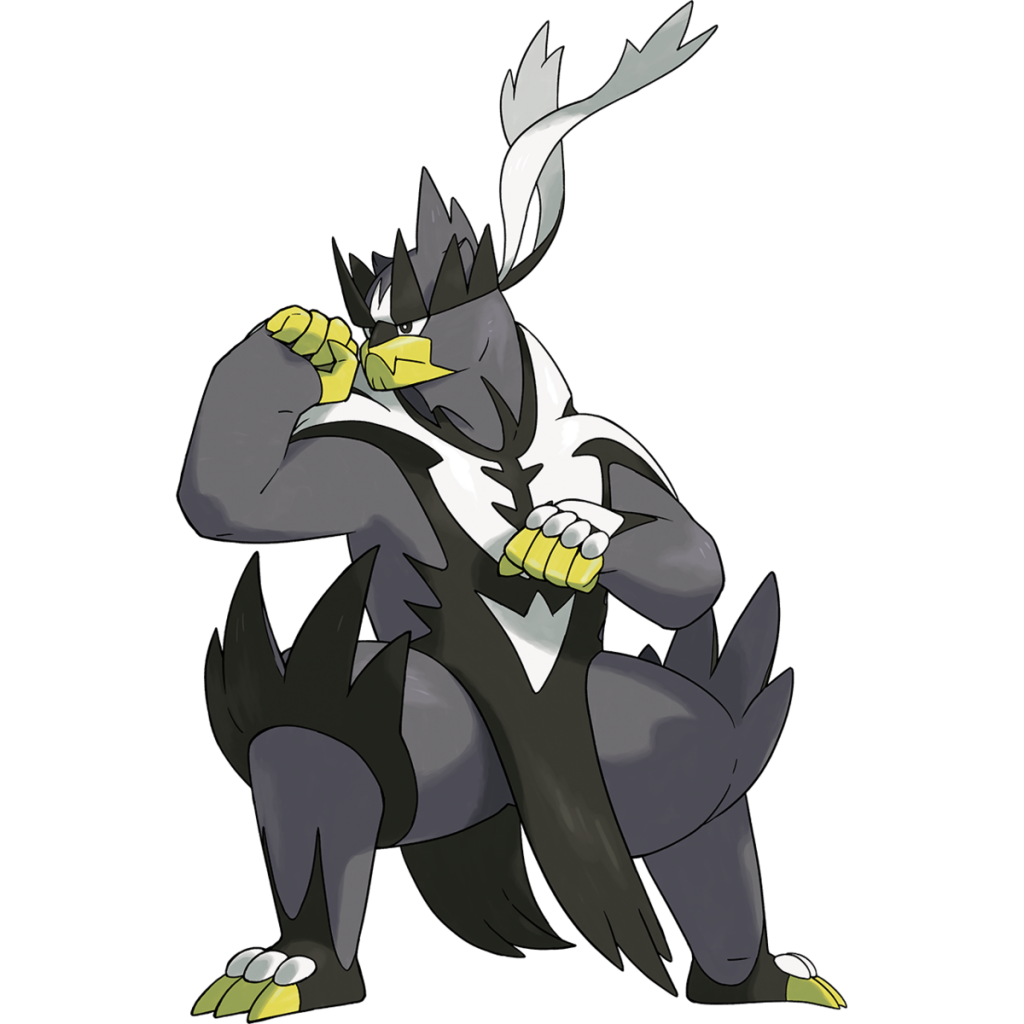
For now, all we can hope is that the Pokémon Company continues to create Pokémon with outstanding depth and lore in the future.

